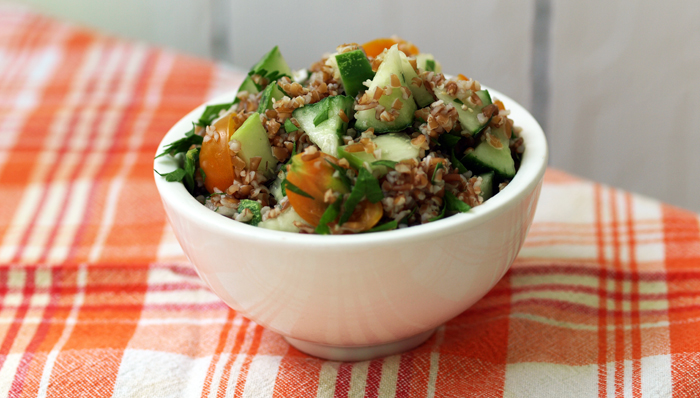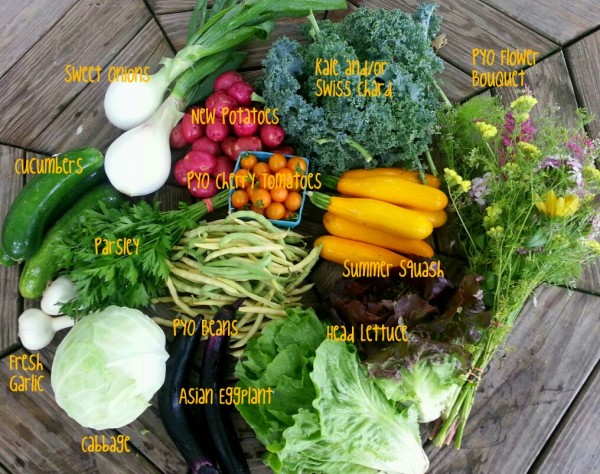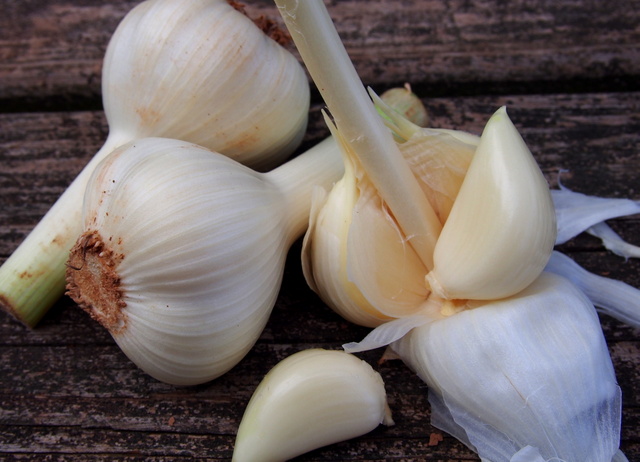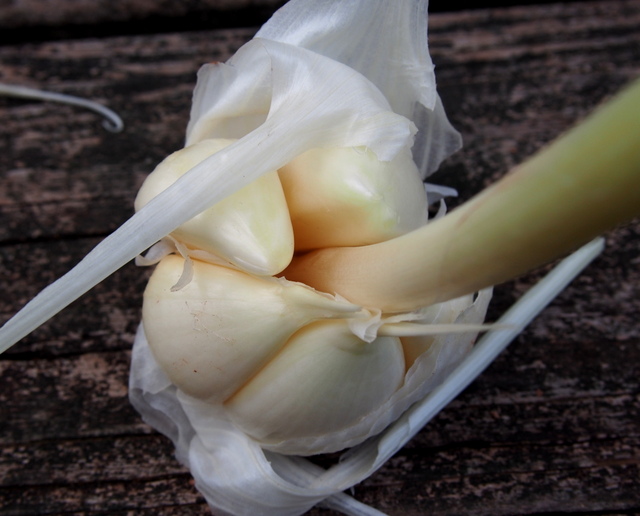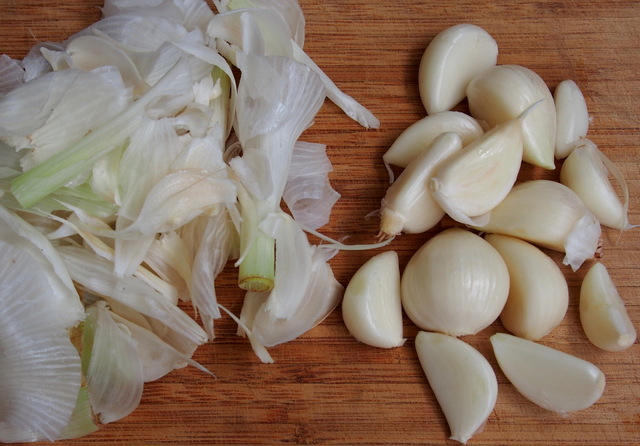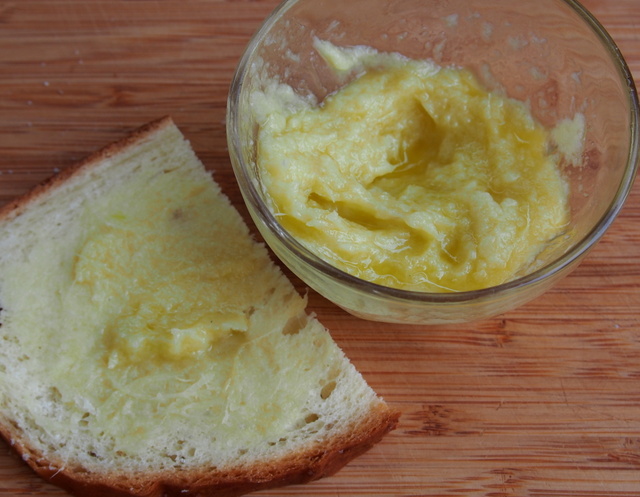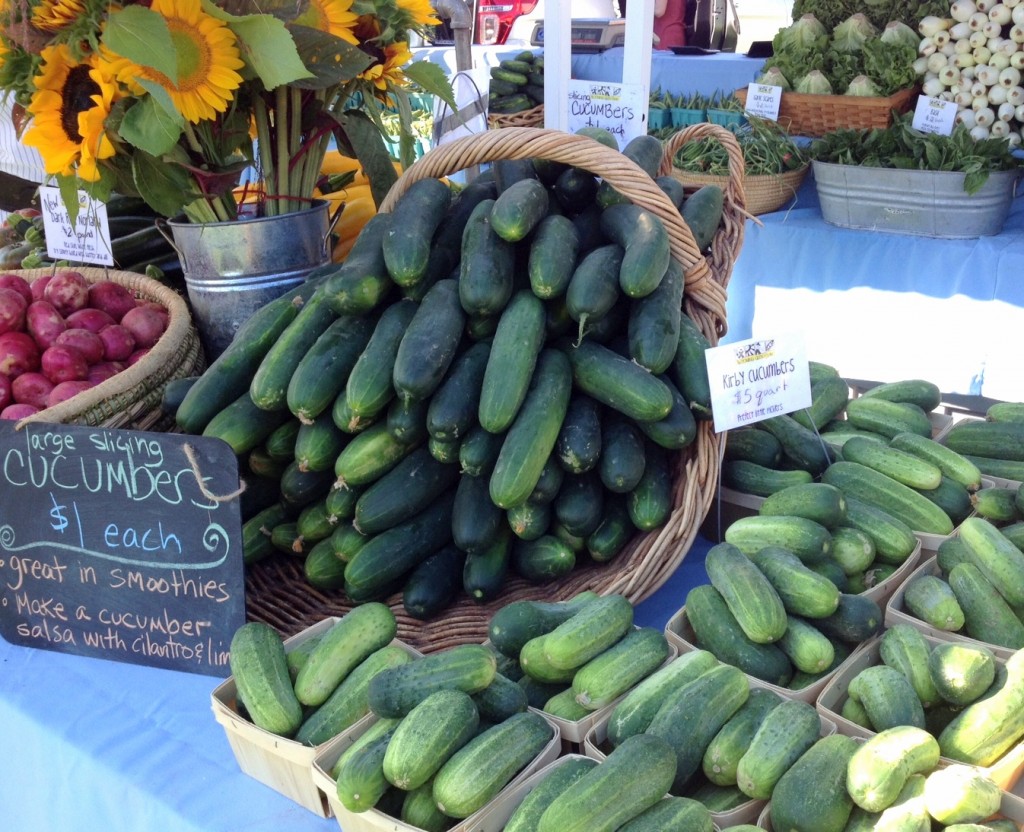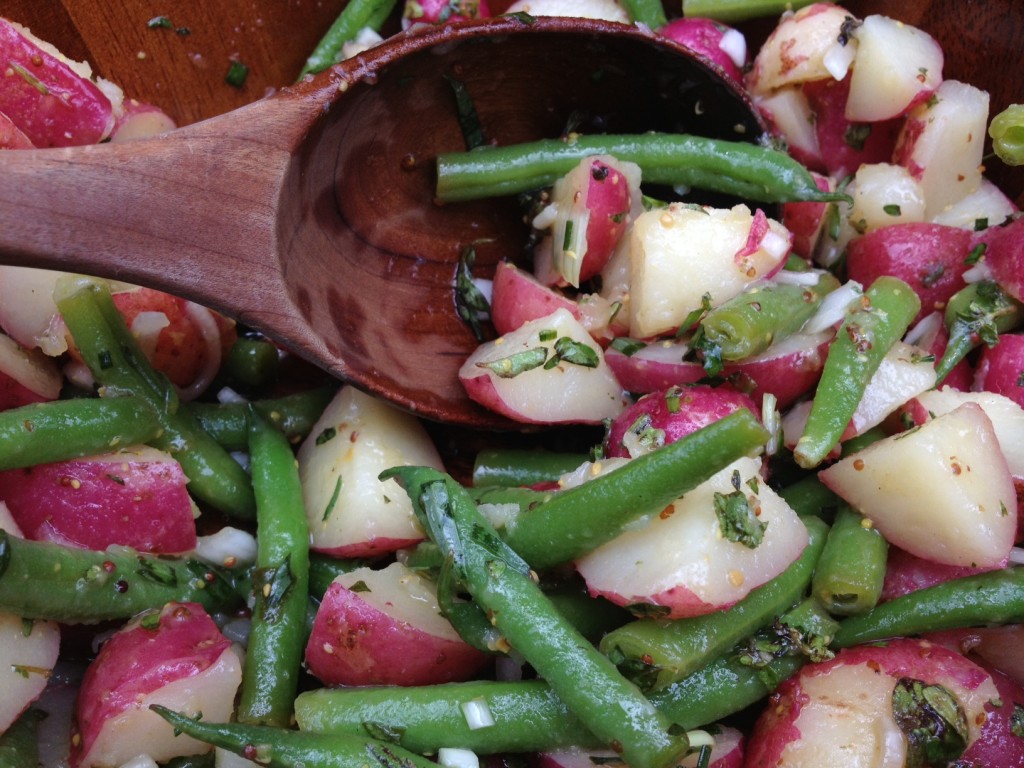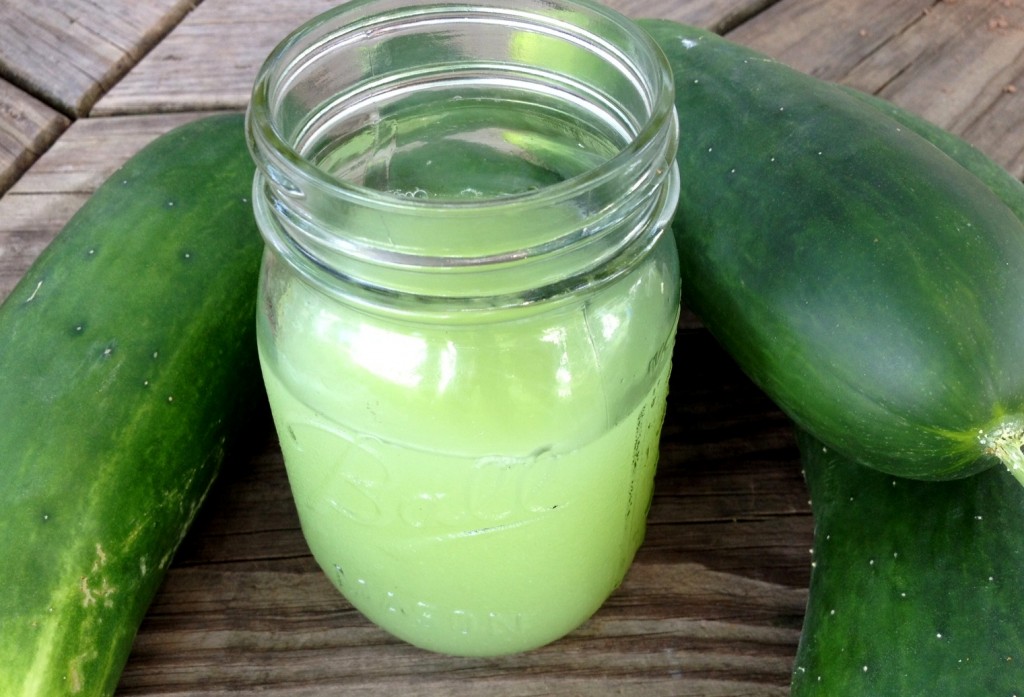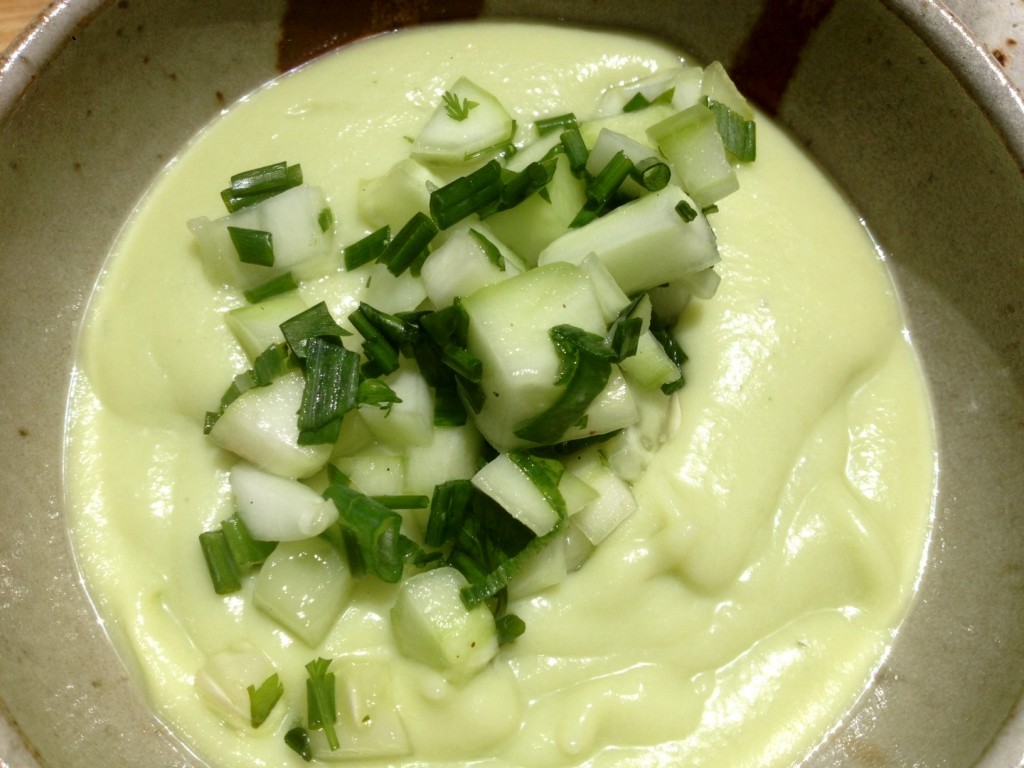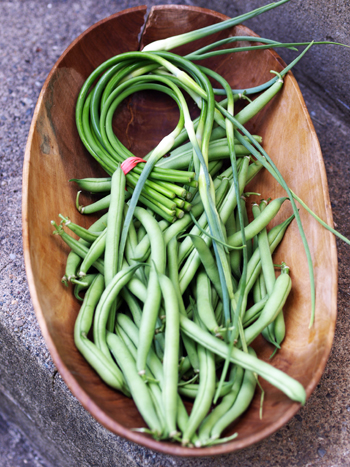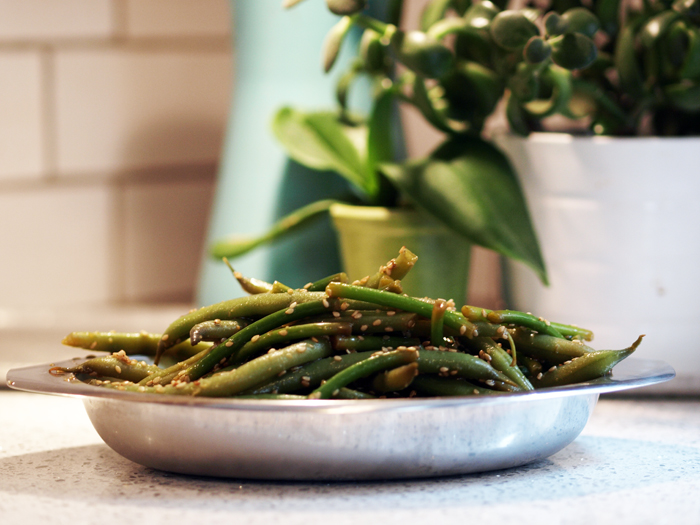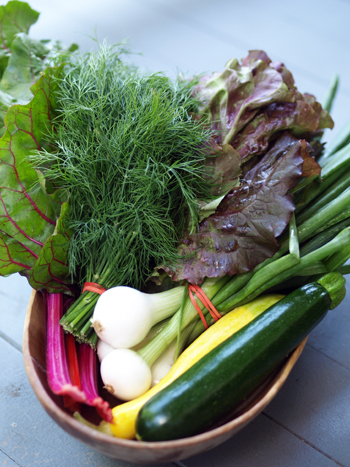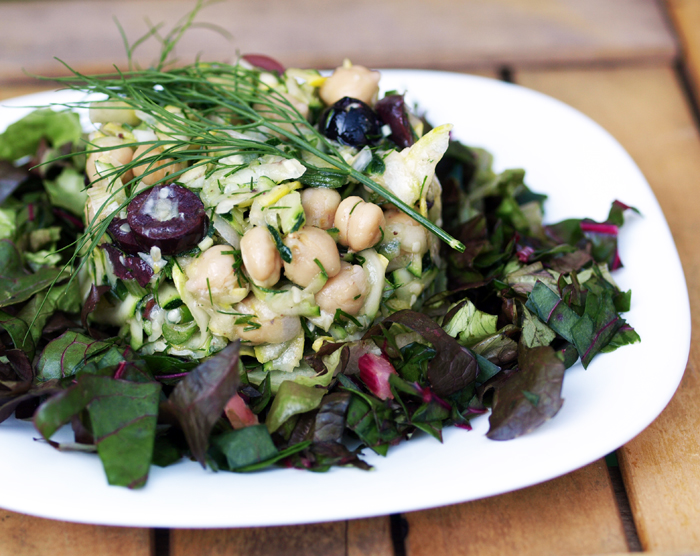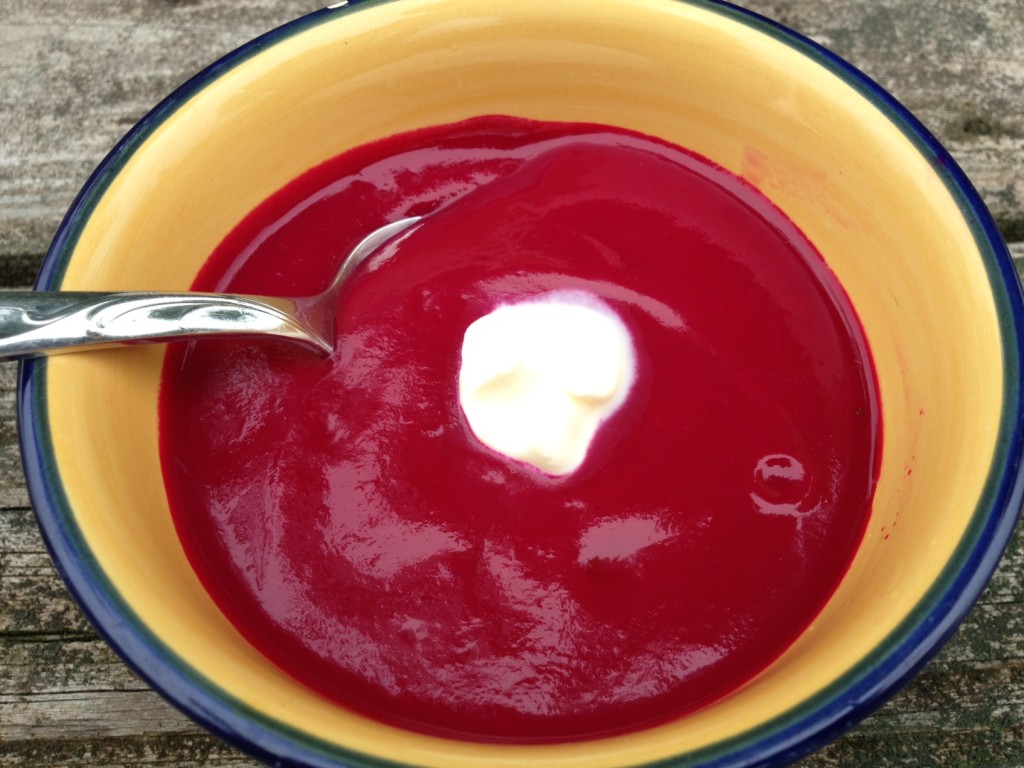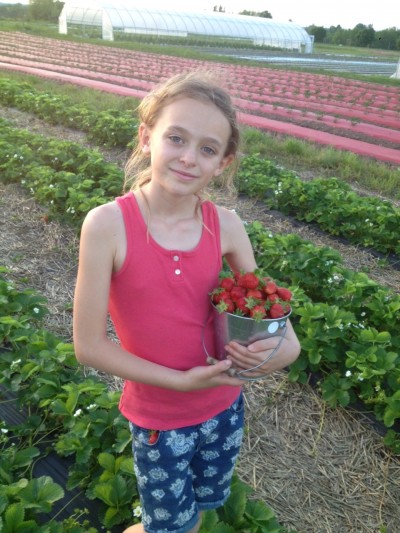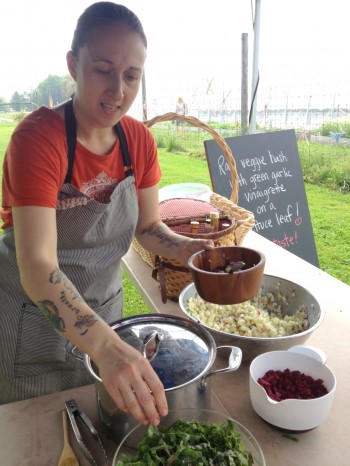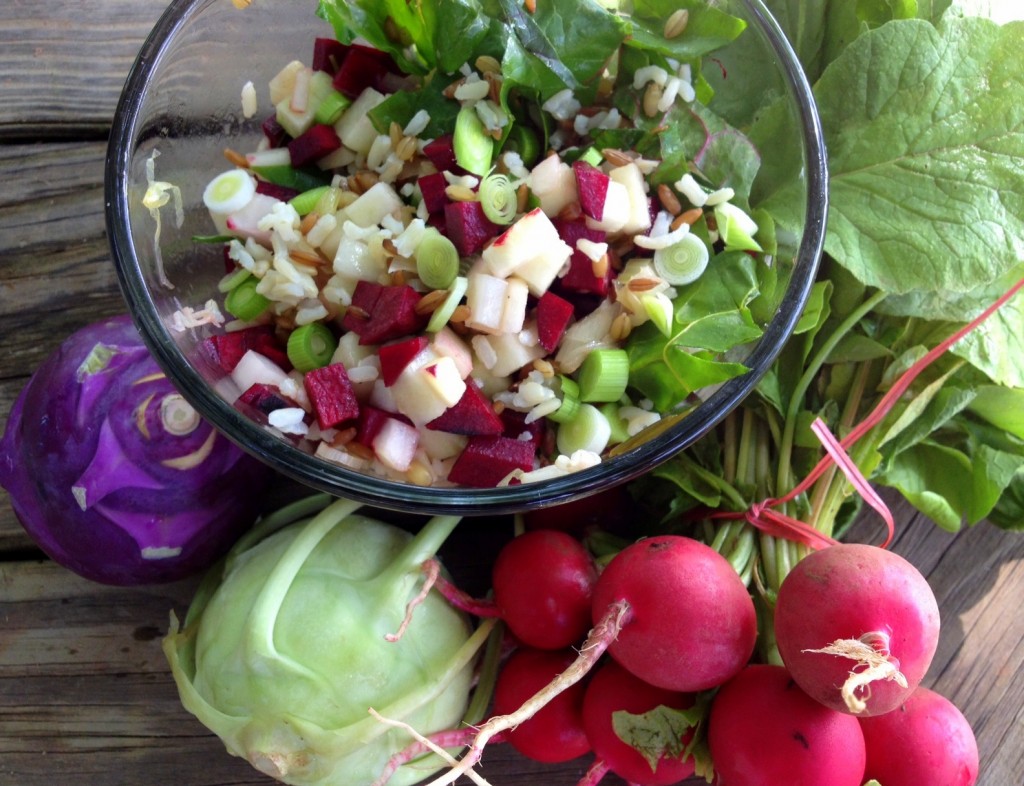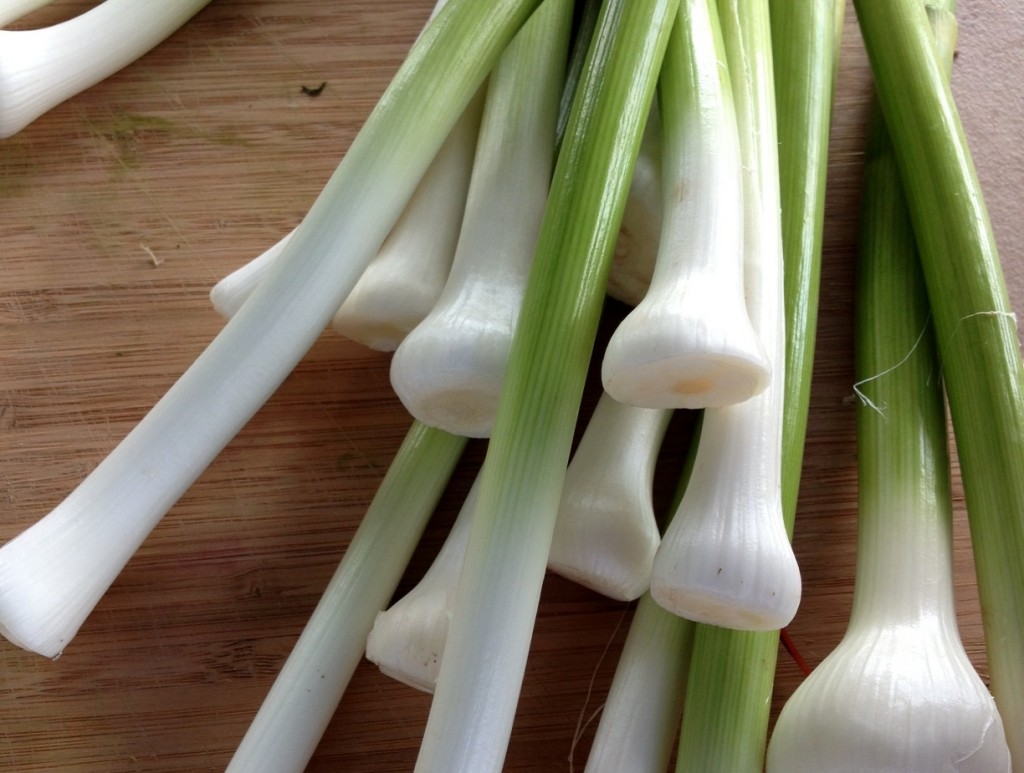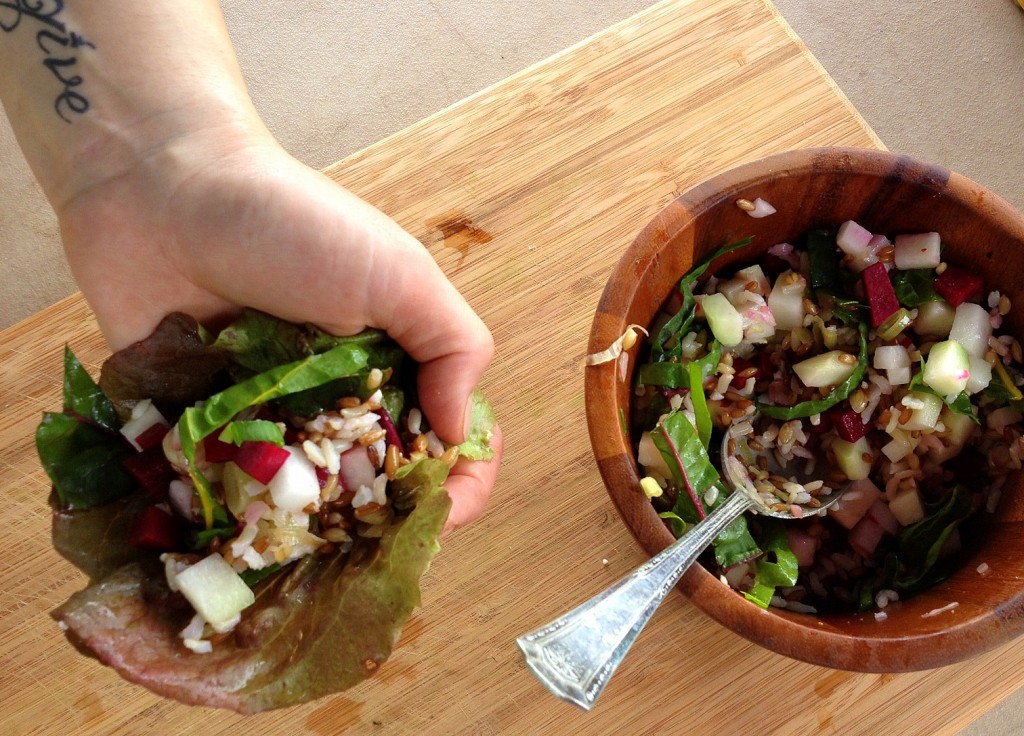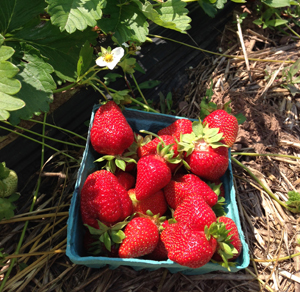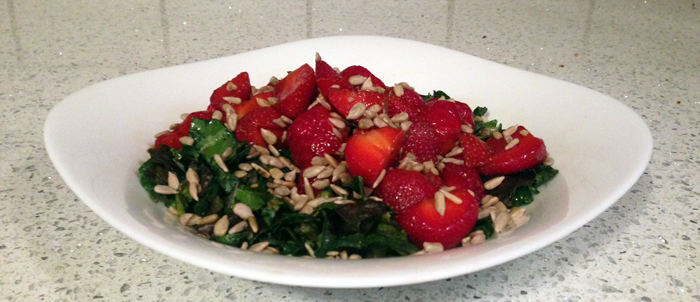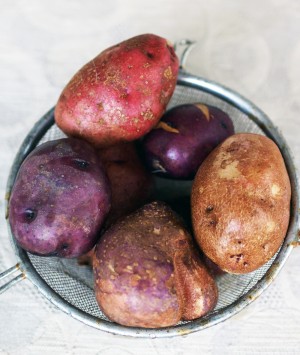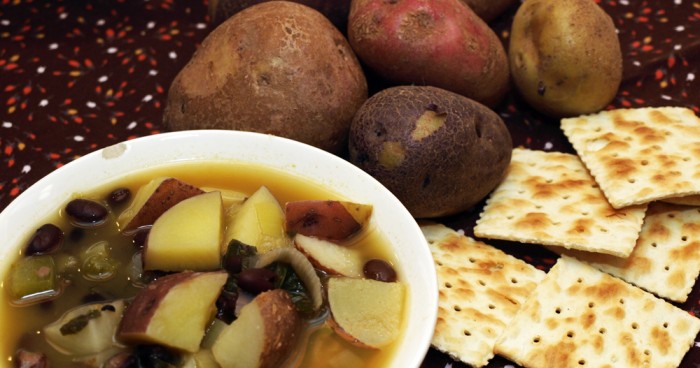17 Jul Tabbouleh
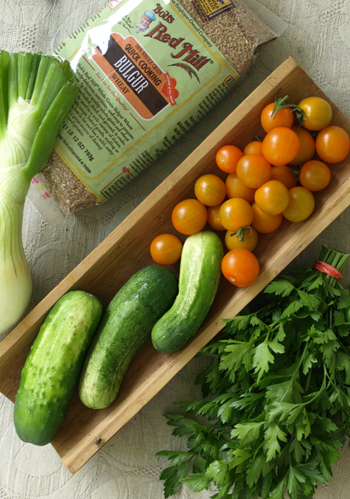 Tabbouleh (also tabouli) is a classic Middle Eastern salad made from whole grains and highlighted by the fresh herbs, cucumbers, and tomatoes that are in season right now. The whole grains in tabbouleh come from bulgur, which is made from whole hard wheat (wheat berries) that’s been parboiled, dried, and then cracked.
Tabbouleh (also tabouli) is a classic Middle Eastern salad made from whole grains and highlighted by the fresh herbs, cucumbers, and tomatoes that are in season right now. The whole grains in tabbouleh come from bulgur, which is made from whole hard wheat (wheat berries) that’s been parboiled, dried, and then cracked.
This whole wheat is very different than the wheat-based products we often buy at the grocery store: When wheat is refined and processed — primarily into wheat flour — nearly all of its nutritional value is stripped away. In fact, “more than half of wheat’s B vitamins, 90 percent of the vitamin E, and virtually all of the fiber” are lost. When wheat is refined, its nutritious bran and germ are removed and we’re left only with a starch that’s digested as a simple sugar, causing our blood sugar levels to spike as if we’d eaten candy!
Healthy whole wheat like bulgur, on the other hand, is a complex carbohydrate that offers a unique combination of minerals, antioxidants, and fiber, all of which work in concert together to protect our cardiovascular health, prevent Type 2 Diabetes, promote digestive health, and help fight off cancer. Once cooked, bulgur has a mild, nutty flavor that adds a fantastic chewy, meaty texture to foods. Mix it into a salad, stirfry, chili, spaghetti sauce, taco filling, or use it as a base for a grain salad (such as this Asian Bulgur and Edamame Salad), stuffed peppers, breakfast porridge, or savory side dish.
In addition to whole wheat, tabbouleh takes advantage of the cucumber bounty we’ve been enjoying with our share. Cucumbers aren’t commonly thought of for their nutrition, but they actually are a good source of vitamin A, magnesium, phosphorus, and manganese, and a very good source of potassium and vitamins C and K. Thanks to the phytonutrients in cucumbers, they also bring our bodies anti-inflammatory, antioxident, and anti-cancer benefits, too.
The important key to accessing all this great stuff, however, is consuming the skin. (Some might remember that this is true for many of the vegetables we eat — we’ve talked about potatoes, sweet potatoes, squash, and eggplant here before 🙂 ) If you’re just getting used to eating the skin on cucumbers, try peeling only half of the skin off at first, then move up to keeping it all intact.
Tabbouleh a naturally versatile and adaptable dish, so feel free to play around with the grain-herb-veggie ratio. You might prefer an herb-based salad, or you might choose to go heavy on the cucumbers, since they’re so abundant right now (as I did in the salad pictured). You could even make this recipe gluten-free by substituting bulgur for another healthy whole grain, such as quinoa. Tabbouleh pairs great with hummus, baba ganoush, and pita.
Tabbouleh
Ingredients
2 cups boiling water
1-1/4 cup bulgur wheat (use quinoa for a gluten-free version)
1 cup parsley, chopped
1/2 cup mint, chopped
1/4 cup minced onion
1+ cup cherry tomatoes, quartered or chopped
1+ cup cucumbers, diced
Dressing
1/4 cup olive oil
juice from 1/2 lemon, more to taste
1 tsp salt, more to taste
pinch of pepper
pinch allspice
Method
Place bulgur in a bowl and pour boiling water over top. Let stand for 20-30 minutes, until softened, but still chewy. Drain off any excess liquid, and fluff. If using quinoa, prepare per package instructions. Add herbs and veggies to bulgur and gently stir. Combine dressing ingredients in a small bowl and mix well. Add dressing to bulgur, gently stirring until dressing coats salad well. Adjust seasonings to taste. Serve chilled.
Post Sources
Harvard School of Public Health
Nutrition Data (Bulgur)
Nutrition Data (Cucumber)
WH Foods (Cucumber)
Post and photos by Mikaela D. Martin: Blooming Glen CSA member since 2005, board-certified health counselor, and co-founder of Guidance for Growing, an integrative wellness practice in Souderton. Read more about healthy eating and living on her site, http://guidanceforgrowing.com!





